You receive a raindrop.
Your quick reflexes glance upward to double-check the letter’s origins, well before the postmark dries.
There’s only cloudless sky, one desert’s edge to another.
The twin horizons face off quietly, like sentinel guards before a palace. You can nonetheless imagine them chuckling to each other across the tundra, frequencies of telepathic mischief whizzing over your head.
You unfold your wallet of origami dragonfliers and slide one out from its loop holster. Rolled up, they’re each smaller than a cigarette, but the para-dimensional sniffer is the slimmest of all.
Music notes start to sound. (Preparation for dimensional portaling.)
Four paper wings separate from the paper thorax and stretch outward. Seconds later, there’s enough space for the dragonfly body to expand, too. You watch them unfurl along microscopic creases in coordinated ballet. When the origami ends its last stage of growth — its wingspan now the length of your arm — it begins to fly.
The sniffer arcs a circle around you at shoulder height. It accelerates into a blur — continuously silent, although you can feel the telltale displacement of air against your skin as a miniature vortex is summoned.
Compared to the near-future and lingering-spirit sniffers, your para-dimensional dragonflier usually generates more music than light — its soundtrack a necessary artifact of its real-time perusal of nearby parallel dimensions — though you can imagine the picture from above. There’s you standing at the center, surrounded by the halo-glow rings of your early-model flier, whirring ever faster, hurtling into the inevitable bending of space-time.
The dirt of the desert, now deep-orange from the set sun, begins to dance.
Suddenly, the origami flier winks out of your current temporality, leaving you motionless in the cooled evening air.
// Side B //
Thanks for tuning in — you’ve been listening to an excerpt from April 22nd’s studio time. Track 3 was a 27-minute improvisation session meandering around a weedy field of ideas. (The photo was taken under a transmission tower, after a gig in the Catskills.)
I don’t recall how it felt this time, but free-creation piano-playing that jumps from one thread to another, without settling into anything, often feels bad in the moment. The alternative — the flow of finding a space, through diving deep into one pool, can be so enveloping that experiencing it (and the rewards of it: usually a refined theme or song) spoils other modes of creation, including the “sampler platter” situation that you hear in this clip.
Listening back, I gather it’s not the worst predicament. The second-guessings are simply judgments barging into the present, remixing an organic process — and anyway, I adore the sampler-platter approach to travel, food, life . . . so why not composition too? The intention is always the same anyway: spiritual peace.
April 22 Track 3 raises another issue.
I cut this excerpt at 7.5 minutes because, soon after that bookmark, I began referencing approaches to music that I’ve been keeping secret. Even the “why is it a secret?” is a secret — for a while yet!
But, dear reader, I’m on a mission to let you in on the secret first. Here’s the plan:
Jul 29 (Issue #20 of Campfire Sparks is published)
• Paid subscriptions begin
• Subsequent issues of Campfire Sparks drop every 2 weeks
Aug 12 (Issue 21)
• The Secret is shared with paid subscribers, along with the music it guards
Aug 26 — Oct 7 (Issues 22 to 25)
• Travel Poems . Chapter 3 . There is no path back releases on Oct 6 and will be sent to paid subscribers for free
• Paid subscribers can also redeem Chapter 1 . Secret towns and Chapter 2 . The night sea for free
Between Oct 8 and 16, I’ll record the next album The Tributary in studio, after a few months of workshopping it outdoors, among the city public, using a conceptual-busking setup. (More on that below.)
After The Tributary is mixed, mastered, and released — likely Spring 2025 — free subscribers will learn The Secret as well.
The Tributary is the culmination of what I’ve been working towards for 12 years, most of that time unaware I was doing it.
Paid subscribers will also receive The Tributary album for free upon release, in gratitude of your immense and meaningful support 🌊On top of 4 free albums and 6+ months of private access, I’ll announce other gifts for paid subscribers: beautiful objects, festive events, quirky peculiarities.
(Free subscribers will still receive issues of the current newsletter + more frequently.)
I’ll launch the paid tier in two weeks — but you can already join it by pledging a subscription now. Everyone pledged before July 29th receives honorary golden ticket access, which means I send you all my future releases in perpetuity for free also! Here’s what a physical golden ticket looks like — they’re only available at live shows for $60 each1:
Recommendations Out the Horn
Some cool recent discoveries — hope you like them too.
This loving, tremendous documentary on Roy Hargrove (103 mins) — even just the first minute is fantastic. I wasn’t close to Roy but I miss him tenderly. Is there any other heavyweight who gave anywhere near his presence, generosity, and heart on the NYC and global jazz scene? The prophet in his own words and music:
On keeping up with self-multiplying projects: I was this-week-years-old when I learned how to batch tasks properly. It’s Day 3 of leveling up from “to-do lists” — and reclaiming energy feels like a superpower. Thank you to writer Nicolas Cole for this youtube video —
I have re-ordered the universe — and so can you!
For real, my way of seeing the world has shifted permanently, under a simple idea I’ve always known to be true, but couldn’t articulate clearly:
Nothing is real except love.
Last month, I listened to Marianne Williamson & Rick Rubin in conversation, immediately ordered her book A Return to Love, which led me to immediately buy a copy of A Course in Miracles, the source Williamson’s book and teachings are based on.
The realness of love and nothing-else-if-it-doesn’t-come-from-love, has mind-bending, radical implications for living life, and even metaphysics and science, certainly music, art, and The Gift. (To me the choice is dead-ass obvious, of how seriously to take this subject and its implications.) We all know that love follows an upside-down physics — the more you give, the more is created, the more there exists, the more you have, for starters — and I wonder what happens if we treat that as the right-side-up physics, with everything else as the anomaly.
I feel I’ve found The Source — and will be sharing how it’s changed my way of seeing . . . plus how I’ve started to notice, even dispel, the mass hallucinations surrounding us all, every moment of every day2.
Currently I’m on Lesson #11 (of 365 total) from the Course in Miracles workbook. I find the urtext of Miracles difficult to access — props to Marianne Williamson for her study and distillation of it into A Return to Love 🍀 — but its companion workbook is plum-perfect so far, even just as food for thought. All A Course in Miracles materials are available for free online at acim.org.I’ve love to discuss A Return to Love and A Course in Miracles with you — say hi if you’ve read either or would like to. Definitely let me know if you want to join me on the ACIM Workbook journey.
Speaking of metaphysics (and Plato in footnote 2) — hop on
’s 12-month immersive course in humanities with me and hundreds of participants among his other ardent readers. You’ll need to subscribe to Ted’s newsletter The Honest Broker for the well-rounded syllabus — plus oodles of impeccable writing across all manner of sublime subjects. To say his newsletter is worth the cost of admission is easy as a breath of spring mountain air.
Ted is my pick for most insightful and interesting voice in culture today. A pair of recent interviews bookend a quick entry point if you’re unfamiliar with him or his writing: here in thoughtful dialogue with Rick Beato on music, culture, even AI; and here in wide-ranging conversation with David Perell making sense of (how to survive in) the current zeitgeist, along with fun background on Ted himself, his daily life, how he came to be called The Honest Broker:
The Open Music Studio
The doors were flung outward. Now the walls ask for dismantling too, brick by brick.
Last week, I opened the music studio to the public in two ways. First, my teleporter welcomed visitors inside for instant transport via music + soundscapes:
This took place in the courtyard outside my studio, which was also open to the public. An endless parade of strangers passed through, plus a raft of talent I’ve been fortunate to rub elbows with —
, Richard, and Andy, who dropped by at various points during the day — and whenever we played music together the room filled up with listeners.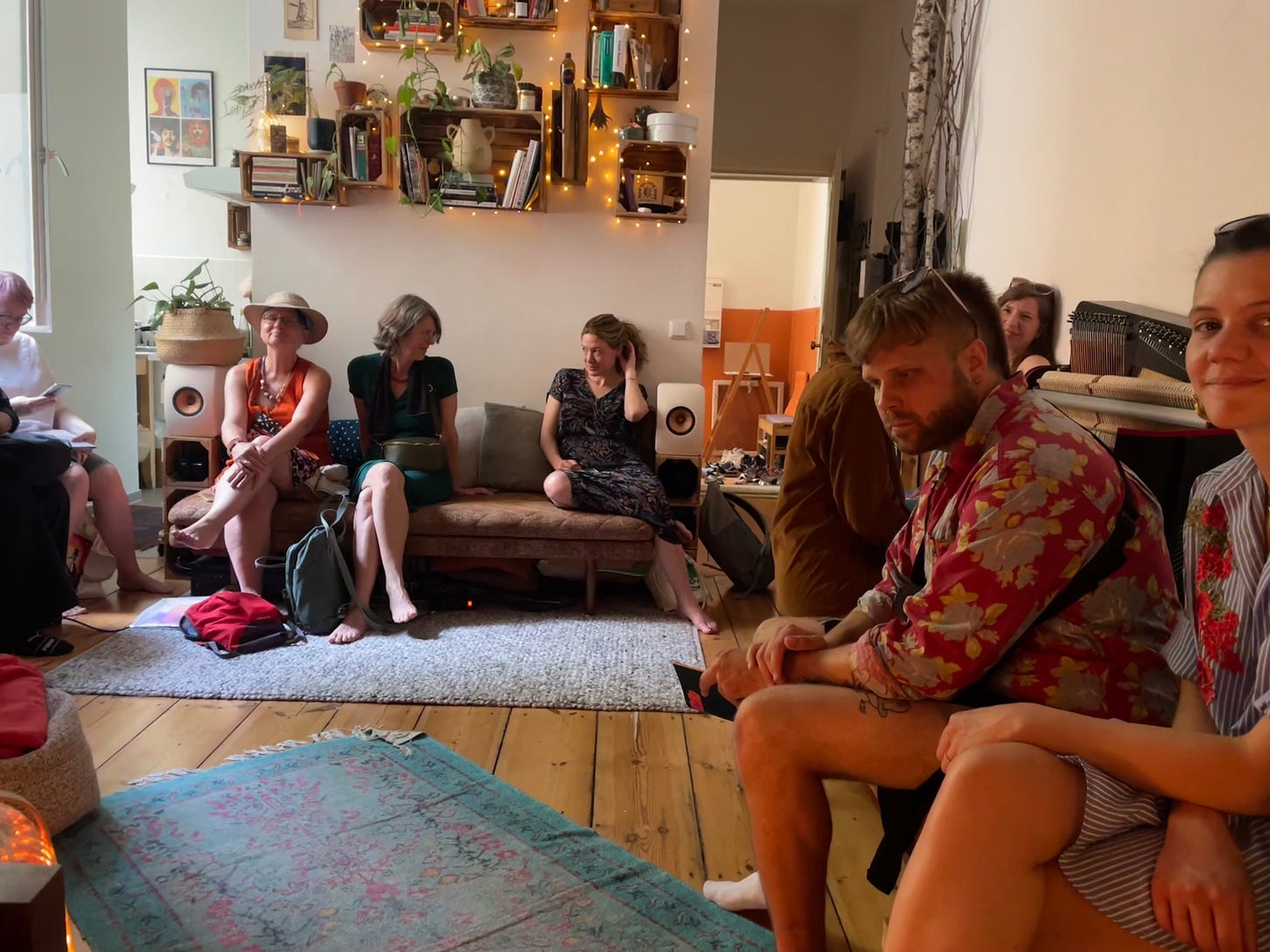
Swiftly snapped this from one piano, with Peri on another (behind the fellow in the floral-print shirt) This merry Saturday originally began with a solo concert in the Open Metaverse (thank you paw!), kicking off a festival where a later act — the extraordinary Eclectic Method — sampled my show for some mashup madness . . .
. . . and ended with the inaugural outing (thank you Harris!) of this new friend of the studio: a 69-key mini-piano, for another performance in the local airfield-park:Lots more about that to come, as I embark on a conceptual-busking setup. I’m taking the Open Studio out on the road — and will report findings in the next issue.
Last month I attended Olafur Arnalds’s OPIA Festival in the Netherlands, where I saw incredible shows (fave discoveries: Svaneborg Kardyb, The Vernon Spring, Kiasmos) — and participated in a group interview3.
Since some of my Music Postcards made it into the OPIA Magazine, I ended up being asked to read the text of one of them on-air. Here’s the magazine spread of all 3, without music (also check out these postcards with music) —
There’s Not Enough Stuff Going On . . .
. . . to make people excited about music.
Demand continues to drop, as new conveniences come online and new entertainments clamor for our attention.
And with more music being released than ever before, we do have a music-discovery problem — how to find the music out there that’s been made just for you? — but that’s downstream from a music-excitement problem.
, who writes a captivating newsletter at the intersection of music and data, recently asked readers what they thought was the most underrated problem in music today. Some weeks later, Chris compiled 14 answers including mine, adding helpful context and a jolly good suggestion towards the end. Here’s the excerpt from his essay:#9 We Focus Too Much on the Supply of Music Rather than the Demand for Music
Everyday there are hundreds of thousands of songs uploaded to the music streaming services of the world. That means that there is more music released in a matter of weeks than was released across decades of the 20th century. In other words, making and distributing professional quality recordings has never been easier. Because of that, tons of companies — from BandLab to Suno to Landr — have cropped up over the last decade to try to build, maintain, and monetize an infrastructure that supports an ever-growing supply of artists and songs. The problem? We aren’t investing as heavily in inducing demand for those artists and songs. Here’s what Eric Pan recently wrote to me about this:
Next to zero effort is being put into growing the demand side of music, despite overflowing riches. There is wonderful, novel, era-defining music being made, but no support systems to surface it and to present audiences with events and experiences — big and small, magnificent to intimate to wacky to mysterious — that create wonder and communicate the majesty/fun of music even a few footsteps [from home].
For each fête de la musique or piano day in New York City, there could be hundred other days, a hundred thousand shows held in buildings just sitting around, a hundred million new listeners curious to check out which up-and-coming local acts are playing at the local park this week. That’s just one thread of possibility extrapolated along one known pathway, before anyone gets creative!
Growing the number of artists ad infinitum will be a fruitless endeavor if we cannot also grow the demand for those artists. Part of this growth should be focused on events. But another part of it should be focused on fostering a love for music in our schools rather than demoting it to an extracurricular.
(The whole list is great, as are Chris’s insights — I especially resonate with #7 and #10.)
In addition to a renewed focus on music in our educational systems, I believe much more can be done. It is up to artists and independent financiers to channel their imaginations into reality, to assist in achieving escape velocity from our monolithic culture photocopier-machine (I speak of our beloved Disneys, Clear Channels, etc.).
What kind of creative solutions? The largest lever for change is Live Happenings. In a world ruled by online scrolling, it takes less effort for artists to offer a hint of halcyon days, when entertainment and socializing were synonymous with live music. So — simply performing more is superb, already. I’ll also offer a starting brainstorm for going further:
Make concerts surprising. Put the bassist up in a treehouse in the middle of the audience. Borrow ideas from theater and circus. All that attention put into the back screen behind the performers? Expand it to the entire venue, the choice of venue, especially locations not usually considered music venues. (You’ll quickly filter for the passionate sound engineers out there.) Connection always comes first, storytelling is the vehicle, and your ingenuity is limitless — so unleash what enhances your music and deepens your relationship with your visitors.
Delight listeners. Everyone craves personal attention. An artist can’t spend all of their energy on that, so this changes based on how many fans they have . . . but as a function of creativity vastly more than of numbers. Fred again.. is a beacon for inspirational artist-fan relationships at scale; you can read all about his approaches, broken down, in issue 33 of Rob Abelow’s newsletter.
Bring music to the people. Play in the streets, at the park, do interesting things with that. Set design, conceptual framing, or both. Initiating a gesture from a place of personal meaning catapults it beyond gimmick, into a multiplier on whatever you perform.
If you’re playing a gig for a hundred-fifty at a club, it’s worth seeing how to make more (and reach more) outdoors. If you’re drawing larger crowds, invite them to a pop-up somewhere fun and serve popcorn. Who didn’t want to go to a barbecue hosted by an unknown band called The Roots? Peep Alice Phoebe Lou’s playbook — she started that way and still does it today. Two words: house concerts.Collaborate with artists across disciplines. Everything can be soundtracked: a book, a dessert, a knitted scarf — go nuts. With any artists doing public things, propose an intriguing live addition to their repertoire, whether it’s book signings, flea market stall takeovers, fashion runway shows literally anywhere, scavenger hunts around the museum district that segue into traveling musical caravans headed downtown.
Planning a show? Same deal: talk to artists you admire and welcome their myriad, life-giving talents on board. I love music, but I love endless wonder even more.
Ok, but, where to find the time and resources to do any of this stuff?
The ideas come first: they start small and low-cost. For our release show for Travel Poems . Chapter 2 . The night sea, we asked a neighborhood art gallery to host, in exchange for proceeds from the bar going to them. Admission at 10 bucks per person went to us musicians, our wonderful sound guy, and our door person. A photographer and a painter showed their work, some of which sold — we didn’t profit from their sales, but they brought people and vibes! Visitors could assemble a free farolito from a tea-light candle to bring into the venue — more vibes — costing us 10 cents each.
Remember: these don’t address “how do I build as an artist?” but rather “how do I help build audience demand for music?” The first question is still challenging — but made easier with care put into the second.
Make people curious; reconnect them to magic.
The other part of the puzzle is still financiers. Since I am not yet one of them, I can only skip up to Salzburg and yodel for help. We need individuals, institutions, and governments to fund these types of things, especially when visions expand — but it’s clear that the more inventiveness we invest into the musical experience, through both action and ambition, the more momentum is generated.
If we’re asking for a revolution, the revolution begins with us.
On Encores Unprompted
This issue I’m limiting the Proof of Play round-up to 3 recent entries4:
That’s from Day 194 — full report — “guava trees in sunlight”.
And here’s “effortless cool on hostile territory” — full report — from Day 192:
Day 163 — full report — “nova scotia outpost”:
Happy bathing in mystery!
🐢
Physical golden ticket prices increase every year. The bearer of a golden ticket is entitled to all my music releases, past and future, in perpetuity — and also 1/1 or limited edition gifts here and there. (Pictured here: a golden ticket from the initial batch made.)
Some fascinating implications for how this grand idea dovetails with philosophy, in particular ancient Greek and Indian thinking. The Greeks, starting a bit before Plato, began to conceptualize the cosmos through the lens of reason, whereas “love”, though appreciated, was categorically shunted into the lesser, so-called “passions”. I believe it a monumental conceptual error to decide that the intellect is somehow our highest calling, faculty, and way of understanding the world. Elevating reason to highest honors is tantamount to glorifying our gorgeous toolkit above what we long to employ it for.
On the contrary, we’d live a far more fruitful existence with love-and-presence as the wellspring of being, with the pursuit of knowledge — and the scientific method — placed justifiably: available as an instrument of compassion, purpose, and connection; despite its being fundamentally (adorably, tbh) inadequate to the task of answering all questions (— but by all means, shoot for the stars as you please).
We are today still grappling with the consequences of this full-court-press embrace of half-illusions.
Plato started the Allegory of the Cave off right, but the hidden reality isn’t malicious jailers or whimsical puppet-masters: it’s love, and love’s alternate physics.
(Ancient Indian philosophers, for their part, understood love as a necessary spiritual element to comprehension of metaphysics and ethics, at least through to when the Bhagavad Gita was written — though “written” meant more like “crowd-sourced summation of oral histories” — going back far longer. Indeed: the entire Gita is Krishna’s response to Arjuna’s question, How could I possibly kill my brother on this battlefield when I should be loving him?)
Thank you Silas Rosenskjold, Jaime del Adarve, Hildur Maral, and the illustrious OPIA Magazine Team!


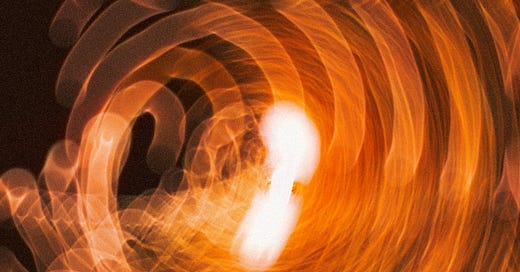


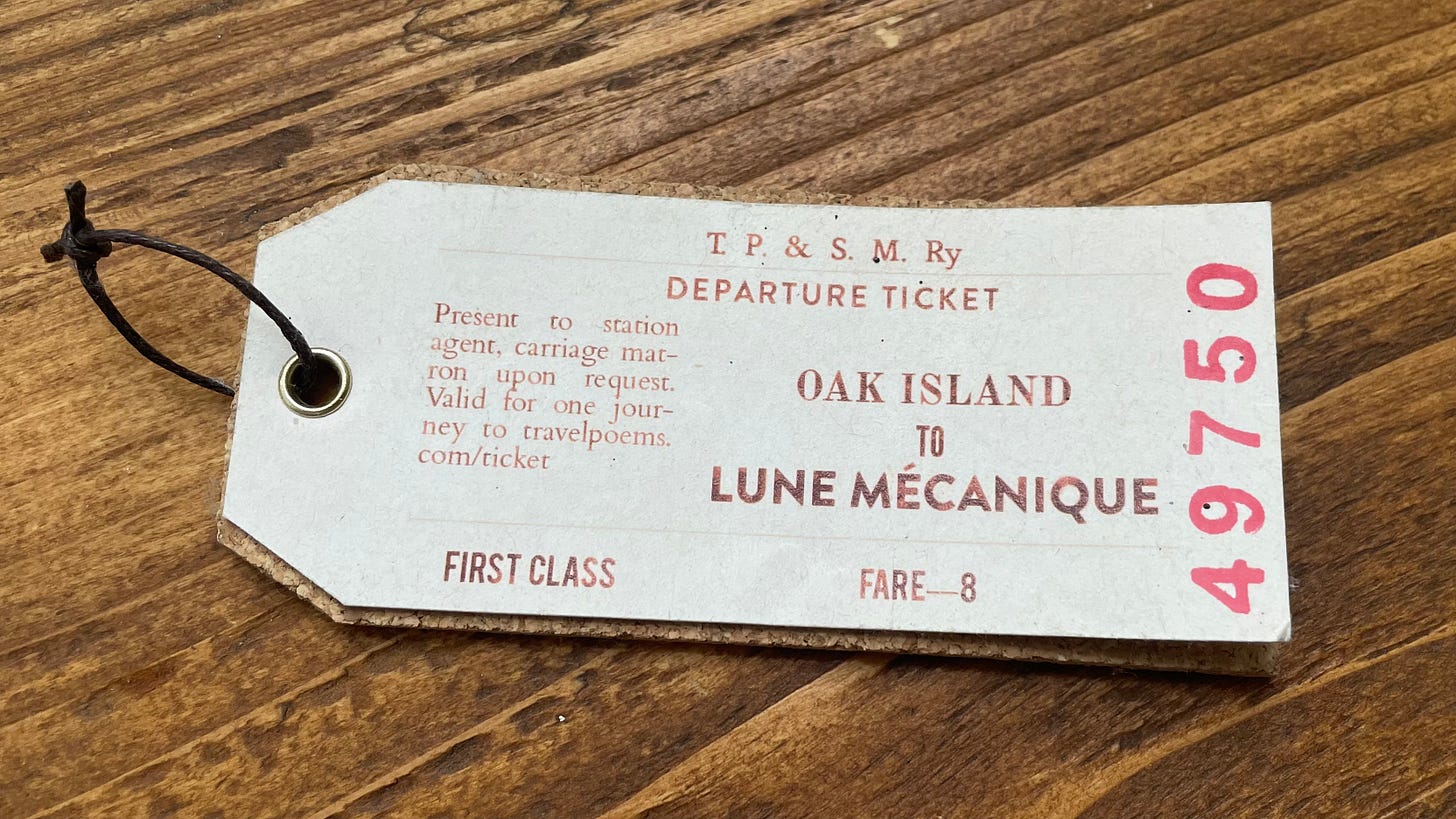
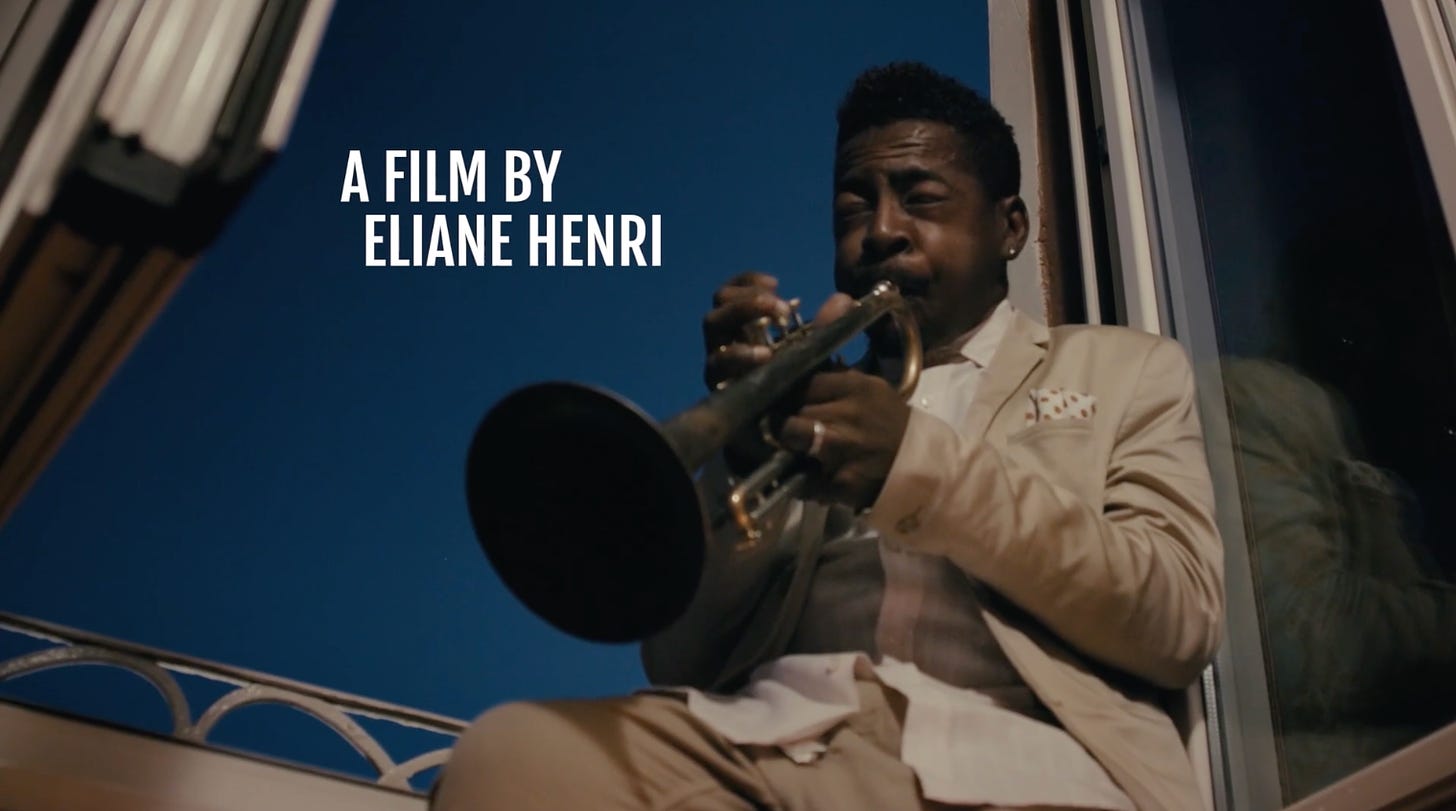
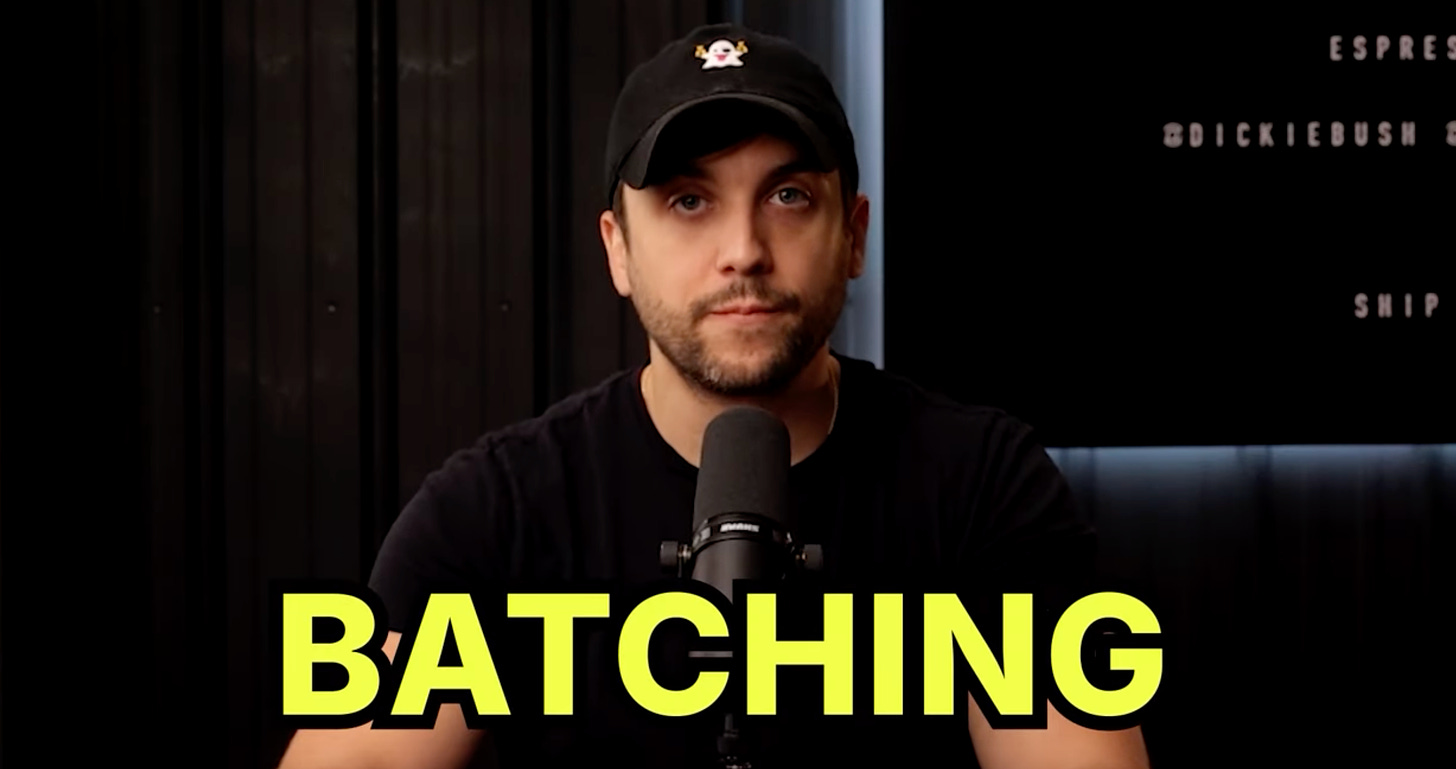

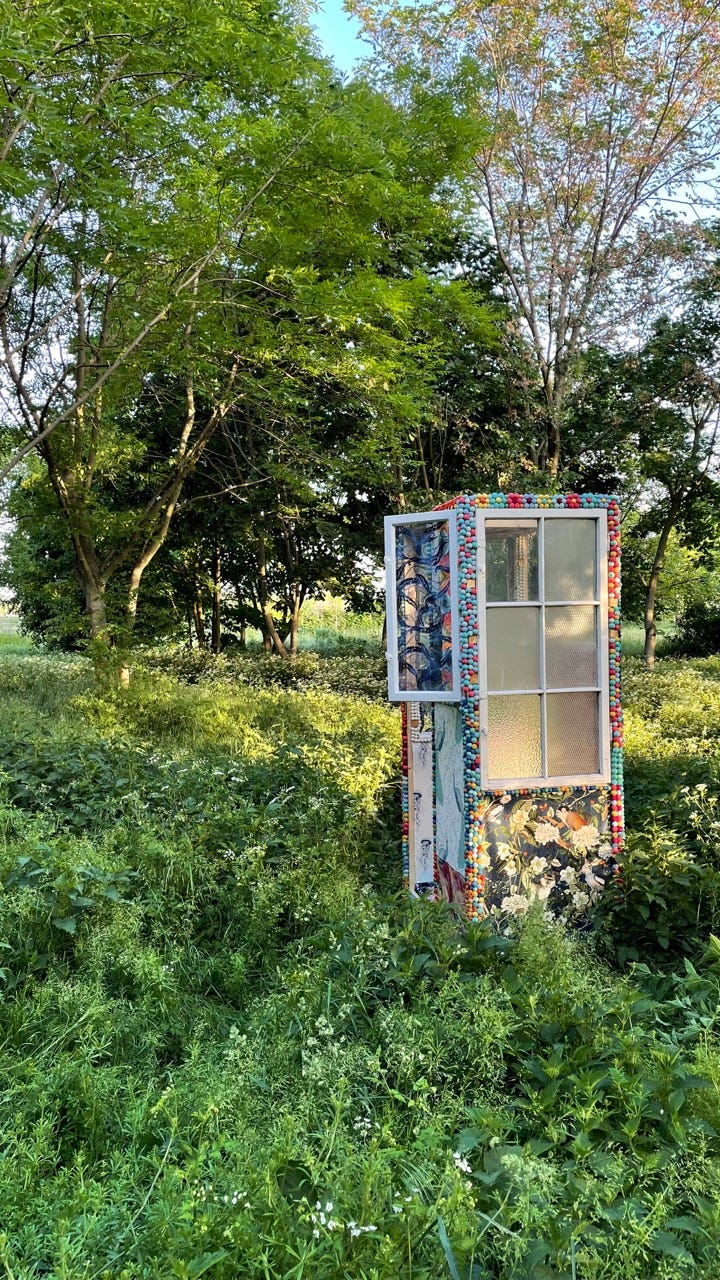

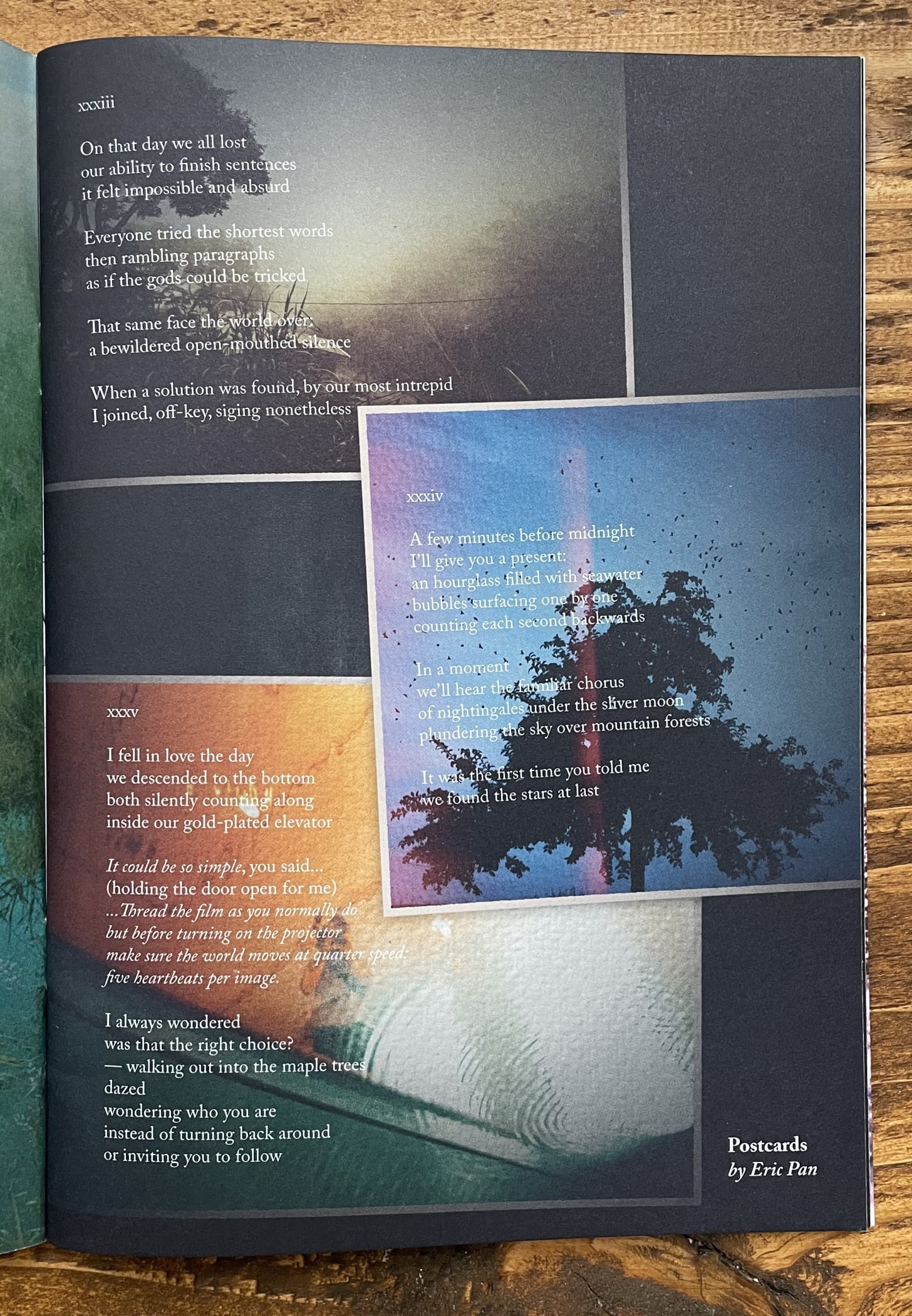
Epic post!
- Great music, the recording here, and I'm checking out Travel Poems Chapter 2
- Exciting plans
- The outdoor studio looks incredible
- Agreed that more focus should be paid to creating demand for art. There are many issues, but one, IMO, is that there are too many fractured advocates for particular programs, genres, types, industries, etc. When combined, creative production outpaces the economic value of construction and transportation in the US without even considering intrinsic and social benefits.
Love MaryAnne’s work, and some of the far out origins of it. The further out, the better I say…. Nothing worse than arrested development in our psychedelic journey of a life. 🌸🌸 Loving the sacred discipline of your project.